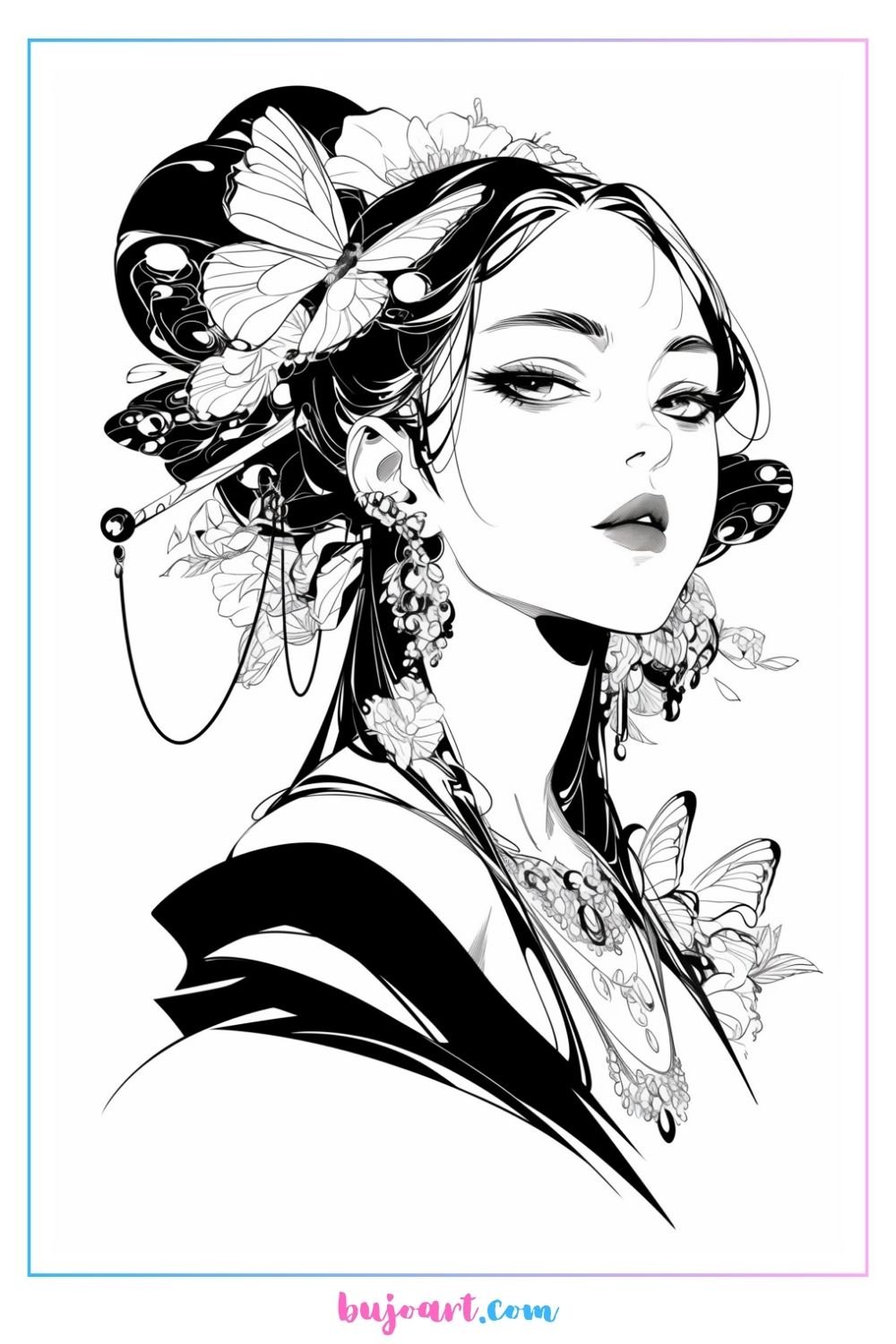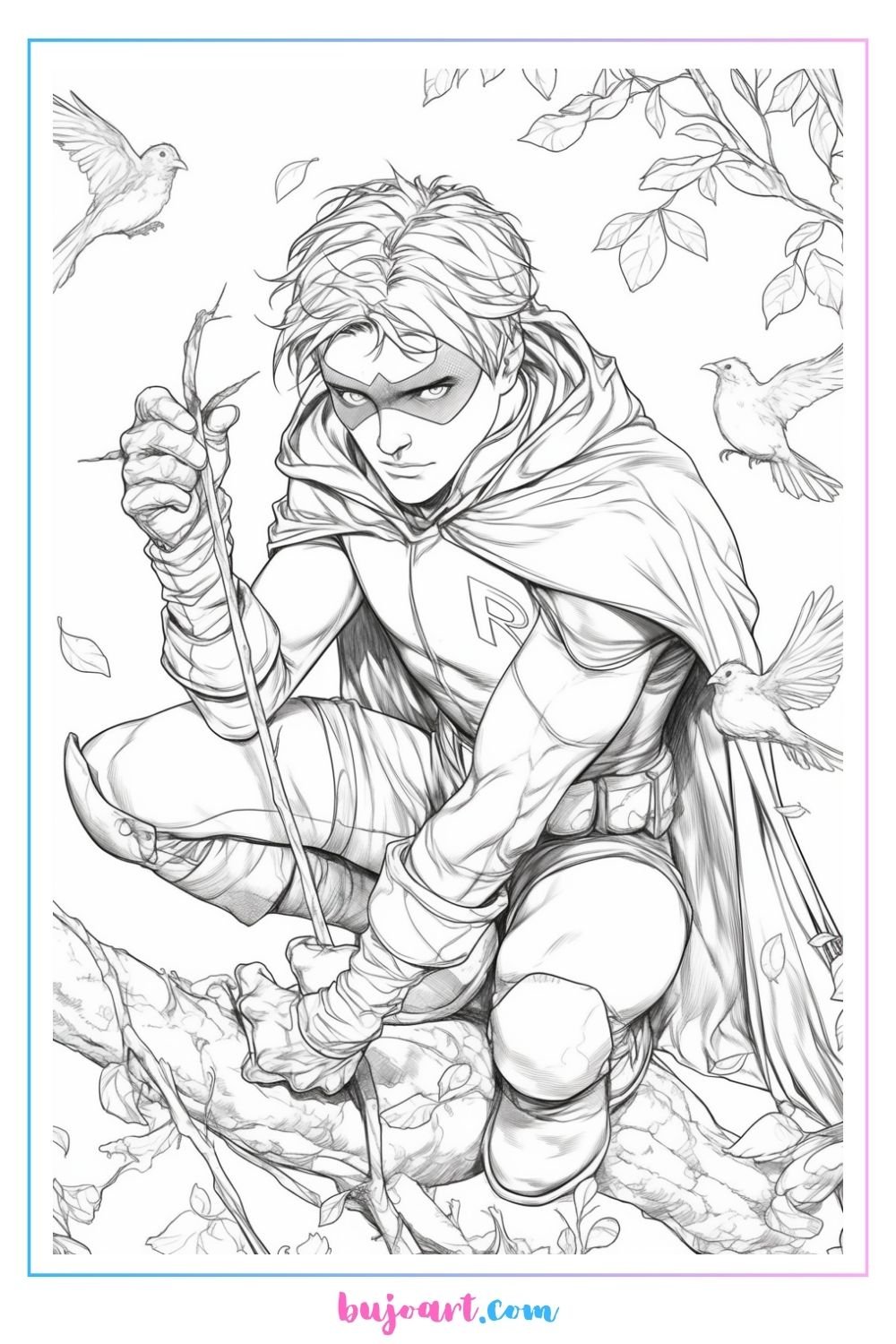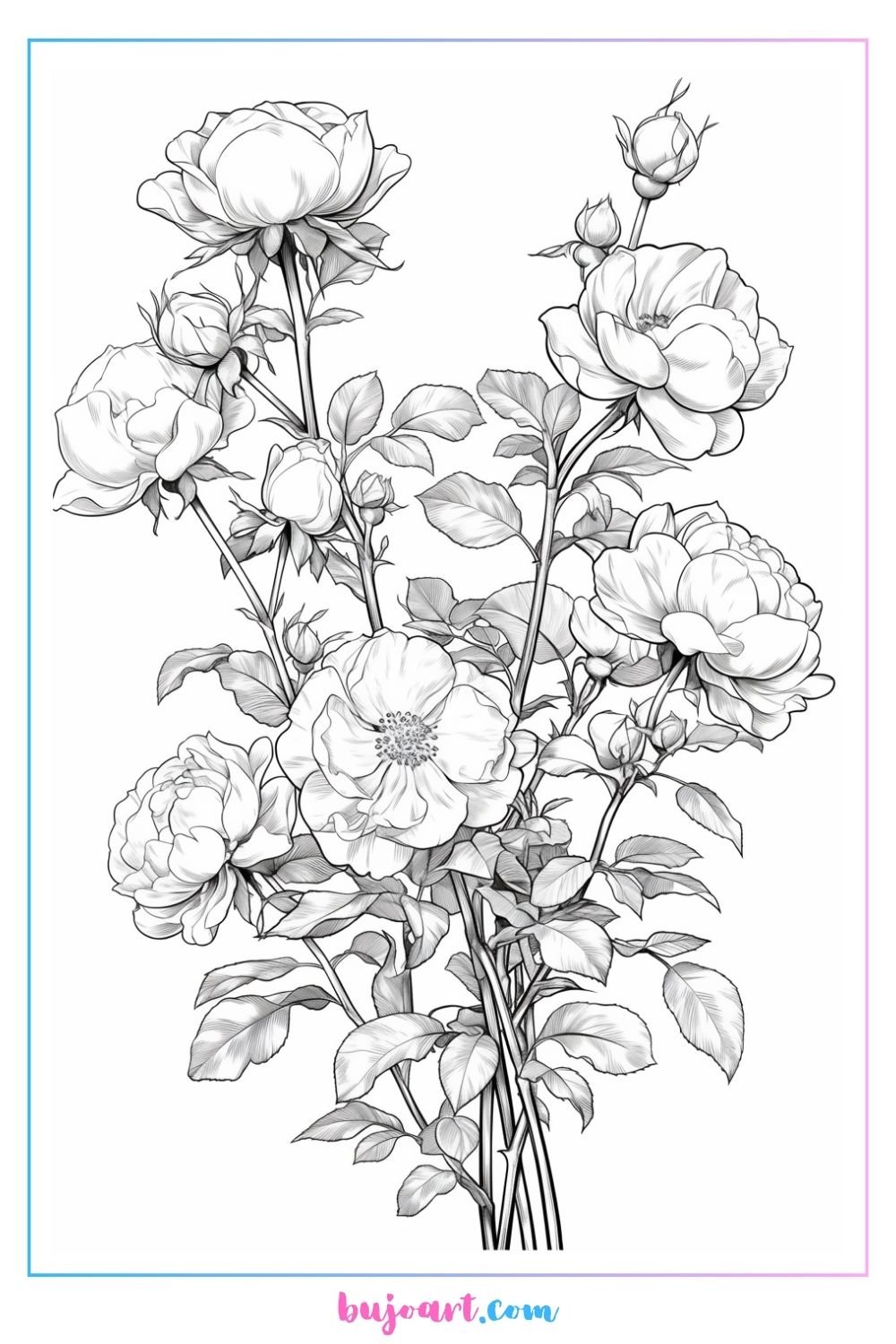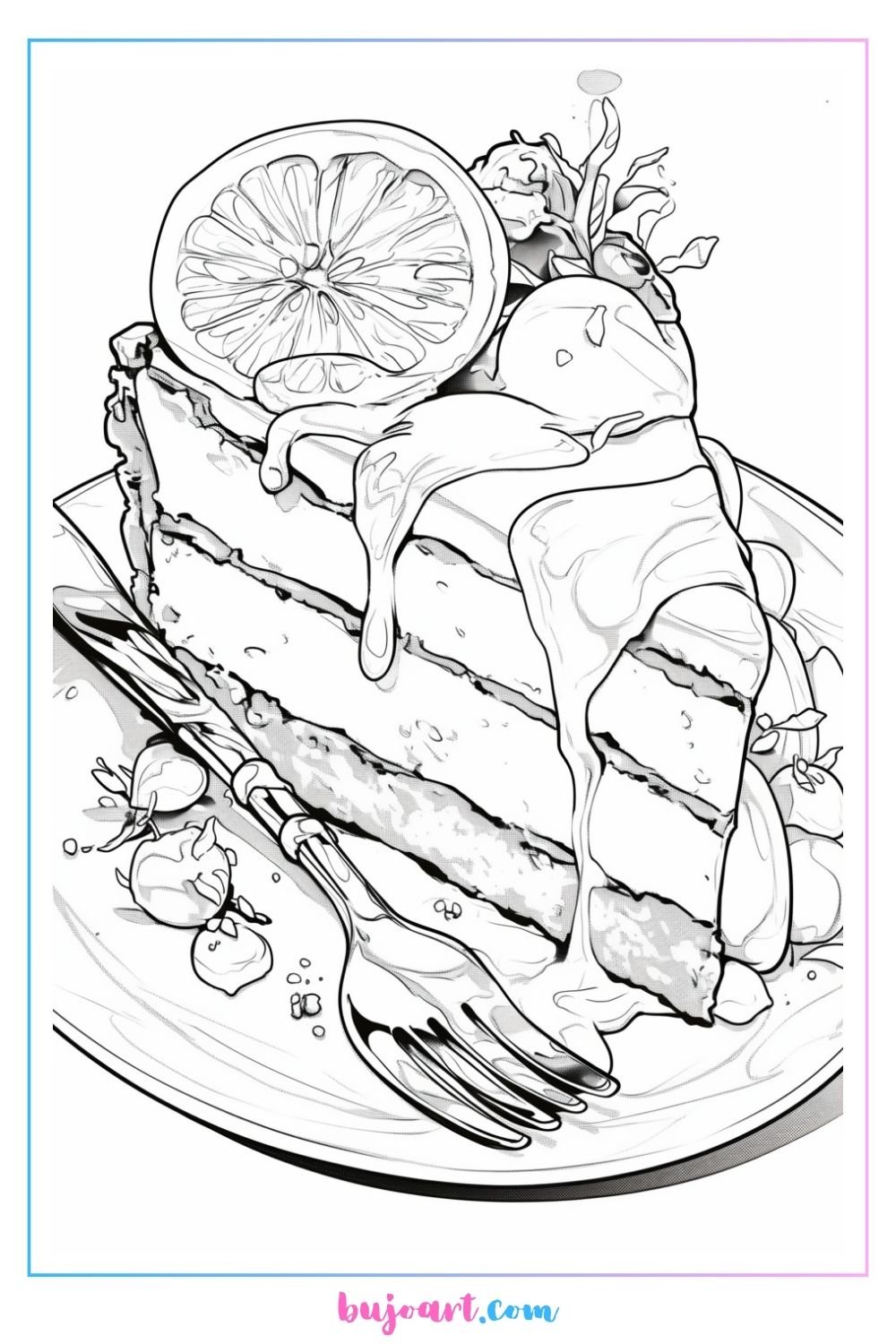Disclosure: This post contains affiliate links, meaning if you make a purchase via the links, we will earn a commission at no additional cost to you. Please read the full disclosure.
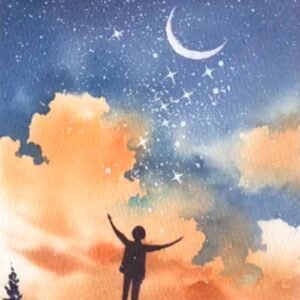
Before we begin, let’s gather the essential materials you’ll need for this watercolor tutorial:
- Watercolor paper (cold-pressed or rough surface) : Winsor&Newton, Arches, Arteza, Artisto sketchbook
- Watercolor paints Paul Rubens, Winsor & Newton, Mozart, Kuratake, LightWish, Mungyo
- Watercolor brushes (round and flat brushes in various sizes): Artegria, Nicpro, Arteza
- Pencil and eraser: Pental, Uniball, Blackwing, Luechtturm
- Water container: Faber-Castell, MylifeUnite
- Paper towels or a rag
- Masking fluid (optional) : JoFook, Mont Marte, Schmincke, Winsor&Newton
- Ruler (optional): Geometer set
With these materials at hand, you’ll be well-equipped to embark on your watercolor skyline painting journey.
Introduction to watercolor painting
Watercolor painting is a captivating art form that has been embraced by artists for centuries. Its unique ability to blend colors seamlessly and create stunning transparent effects has made it a beloved medium for capturing the beauty of nature, emotions, and imagination. As a watercolor enthusiast, I find myself drawn to the versatility and unpredictability of this medium, which allows for endless creative exploration.
Watercolor painting offers a sense of freedom and spontaneity that is unmatched by other mediums. The way the pigments dance on the paper, merging and blending in unexpected ways, creates a sense of magic and wonder. Whether you’re a seasoned artist or a beginner, watercolor painting has the power to ignite your creativity and transport you to a world of vibrant colors and mesmerizing landscapes.
In this article, we will delve into the enchanting realm of watercolor painting, exploring techniques, supplies, and inspiring ideas that will help you unleash your artistic potential. From capturing the ethereal beauty of starry skies to rendering serene landscapes, we will guide you through a journey of discovery, where every brushstroke becomes a celebration of color and expression.
Essential watercolor painting techniques for beginners
To embark on your watercolor journey with confidence, it’s essential to familiarize yourself with some fundamental techniques. Here are a few essential watercolor painting techniques that every beginner should master:
Wet-on-wet technique: This involves applying paint onto wet paper, allowing the colors to blend and create soft, diffused effects. It’s an excellent technique for capturing atmospheric scenes and creating dreamy landscapes.
Wet-on-dry technique: In contrast to the wet-on-wet technique, the wet-on-dry technique involves applying paint to dry paper, resulting in more controlled and defined strokes. This technique is ideal for creating crisp details and bold compositions.
Glazing: Glazing involves applying multiple thin layers of transparent paint over a dried base layer. This technique allows you to build up depth and create luminous effects, perfect for capturing the ethereal beauty of starry skies or atmospheric landscapes.
Dry brushing: This technique involves using a nearly dry brush to apply pigment to the paper, creating textured and scratchy effects. Dry brushing is an excellent way to add depth and interest to your paintings, particularly when depicting foliage, bark, or rock formations.
Lifting and scraping: By using a damp brush or a scratching tool, you can lift or scrape away areas of the paint, revealing the white of the paper underneath. This technique is perfect for creating highlights, adding texture, or creating unique effects in your watercolor paintings.

Step 1
Sketch: Start with a high-quality watercolor paper and tape it down to a flat surface to prevent buckling. Wet the paper with clear water to prepare for the wet-on-wet techniques.

Step 2
Paint the first layer of clouds: Mix an orange or brown color with water to create a smooth, and use a big round brush to create the clouds shapes.

Step 3
Dry the first layer: Allow it to dry completely.

Step 4
Create a night sky wash: Mix a deep blue or indigo color with water to create a smooth, even wash across your paper. Outline around the shape of the clouds and create a crisp edge.

Step 5
Create soft edges of the clouds: Use round brush loaded with clear water to soften the edges of the clouds.

Step 6
Add depth with glazing: Once the initial wash is dry, apply a second layer of a slightly darker brown glaze, leaving some areas of the original wash visible. This will create depth and dimension in your sky.

Step 7
Paint the silhouette : Once the paper gets dried, paint the silhouette of the figure.

Step 8
Paint the silhouette of the rocks and trees

Step 9
Paint the moon

Step 10
Paint the stars: Paint the stars around the moon. Vary the size and intensity of the stars to create a realistic effect.

Step 11
Finish with details: Using a small round brush or a toothpick, add stars by flicking or dotting white or yellow paint onto the dried sky.
Tips for capturing the beauty of serene landscapes with watercolors
Painting serene landscapes with watercolors is a beautiful way to capture the tranquility and beauty of nature. Here are some tips to help you create stunning landscape paintings:
Observe and sketch: Before you start painting, take the time to observe and sketch your chosen landscape. Pay attention to the shapes, colors, and textures around you, and make notes or quick sketches to help you plan your composition.
Establish a focal point: Decide on the main subject or area of interest in your landscape and use it as a focal point. This will help guide the viewer’s eye and create a sense of depth and perspective.
Layer your colors: Watercolors are transparent, so layering colors is essential for creating depth and dimension in your landscape. Start with lighter washes and gradually build up to darker, more intense colors.
Incorporate atmospheric effects: Use techniques like soft edges, glazing, and dry brushing to create atmospheric effects like fog, mist, or hazy skies. These elements can add a sense of mystery and tranquility to your landscape paintings.
Use negative painting: Negative painting involves leaving areas of the paper untouched, allowing the white of the paper to represent highlights or specific elements in your landscape. This technique can be particularly effective for capturing the reflections in water or the dappled light filtering through trees.
Experiment with textures: Watercolors offer a wide range of texturing techniques, such as salt, splattering, or using a toothbrush to create unique effects that can add interest and depth to your landscape paintings.
Practice and observe: Continuously practice and observe the landscapes around you. Study the way light interacts with different surfaces, the colors and textures of various elements, and the overall mood and atmosphere you want to capture in your paintings.
Embrace the beauty of watercolor painting and unleash your creativity
Watercolor painting is a captivating art form that allows you to express your creativity in a truly unique and mesmerizing way. From capturing the ethereal beauty of starry skies to rendering serene landscapes, this medium offers endless possibilities for artistic exploration and self-expression.
Throughout this article, we have explored a variety of techniques, supplies, and inspiring ideas to help you embark on your watercolor painting journey. Whether you’re a beginner or an experienced artist, the key to mastering watercolor painting lies in embracing its unpredictable nature, practicing regularly, and allowing your creativity to flow freely.
Remember, watercolor painting is not just about creating beautiful works of art; it’s also a therapeutic and mindful practice that can bring joy, relaxation, and a sense of accomplishment. So, embrace the beauty of this medium, let go of perfection, and allow yourself to be swept away by the magic of watercolor painting.










